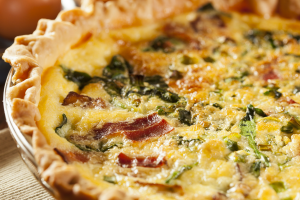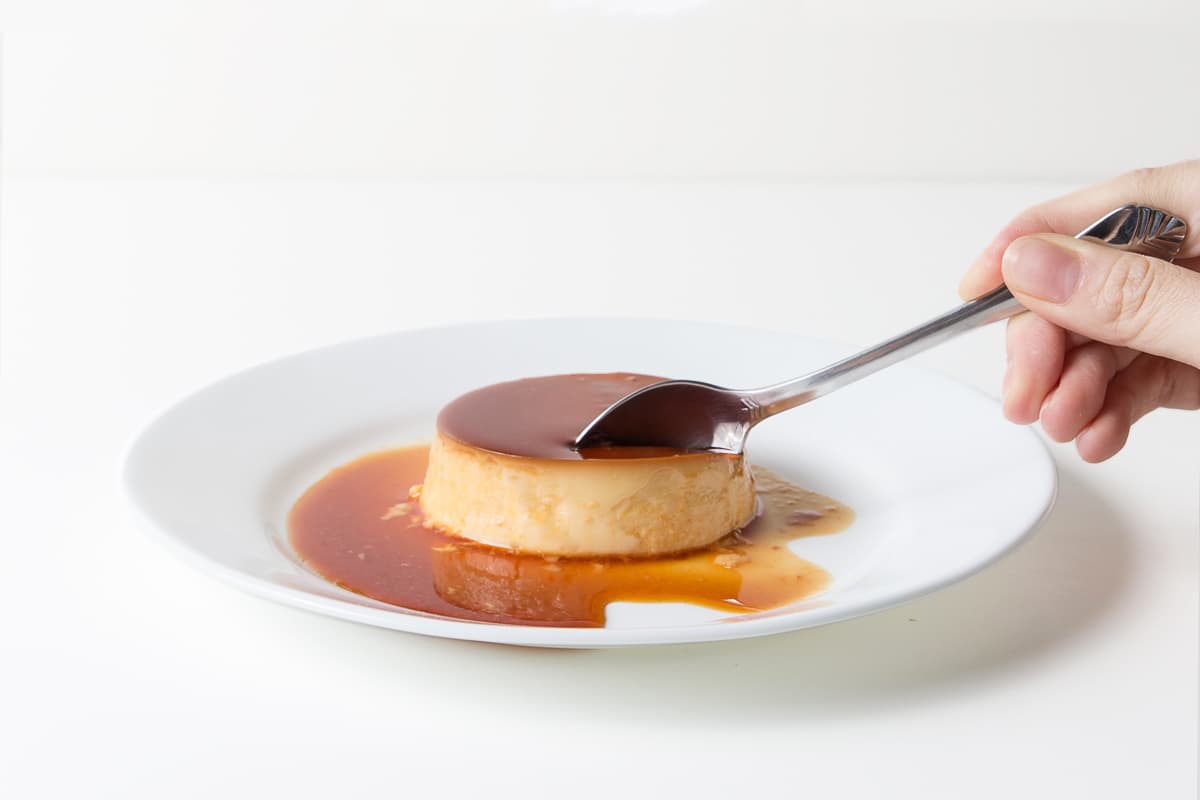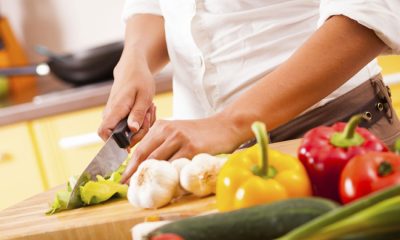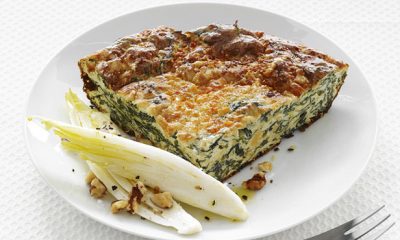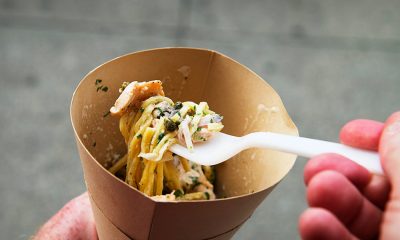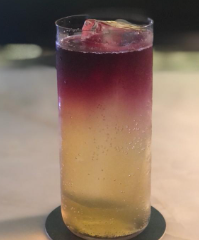Ask
Keeping Up With The Quiches
What is the secret to making a great quiche?
Quiches make for a great breakfast, lunch or supper. Follow these tips to create a perfect quiche:
1) The standard ratio for shortcrust pastry, no matter what the amount of flour, is double the amount of flour to one part of fat so if you are using 250g flour, you would use 125g butter – and this amount is sufficient for 2 quiches.
2) Use butter when making pastry but at a pinch. You can use margarine but only brick margarine and NOT tub margarine as it won’t be successful.
3) Cold, quick and minimal handling is the secret to success with pastry. The fat used must be cold (straight from the fridge) and cut it into blocks. Use a metal bowl on a cold surface.
4) If you prefer a wholewheat pastry use half cake flour and half wholewheat flour. Wholewheat flour on its own will make a very dense and heavy pastry as it contains less gluten than cake flour.
5) Always remember to add a generous pinch of salt to the flour.
6) Add a teaspoon or two of castor sugar to shortcrust pastry irrespective of making a sweet or savory quiche, as it gives the pastry a lovely golden color.
7) An easy way of making pastry is to use a food processor but take care not to over process. Once the fat/butter is incorporated into the flour, stop the machine.
8) Once the pastry is made roll out on a lightly floured surface, use it to line a 23cm tart pan. Cover with plastic wrap and refrigerate for at least 30 minutes.
9) To prevent soggy bottoms bake the pastry blind before adding the filling. This is done by lining the pastry with greaseproof paper and fill it with dried beans, rice or other dried pulses (this keeps the pastry from rising off the bottom of the pan) and bake in a preheated oven of 190 degrees C for 10 minutes.
Remove from the oven and remove the paper and beans and bake for a further 5 minutes. Cool slightly before adding the filling and returning to the oven.
10) If you are pressed for time use a ready-made roll of shortcrust pastry. Defrost in the fridge and roll out on a lightly floured surface and use to line a 23 cm tart pan, trimming the edges.
11) The filling for a standard 23cm quiche is the following – 250 – 375ml ( 1 – 1½ cups) filling like a combination or one of the following ingredients like onions, mushrooms, peppers, bacon tuna, baby marrows, pre-cooked butternut etc; 3 extra large eggs, 250ml (1 cup) grated cheese, 250ml (1cup) cream plus 125ml (½ cup) milk and salt and pepper.
12) Quiches freeze very well. You can bake them ¾ of the way, cool completely, wrap well in plastic wrap and freeze. Remove from the freezer 1 or 2 hours before required and bake for 10-15 minutes at 180 degrees C.
How does flan differ from quiche?
Quiche is a dish consisting of a custąrd-like mixture of eggs, cream, and cheese, usually combined with meat, fish, vegetables, or some combination of the three, all surrounded by a shell made from savory pastry dough.
Quiche is French, it’s rich, and it has a funny name. Even the origins of its name reflect a sort of dry humor — though it’s firmly French (the dish was invented sometime in the 1920’s in Alsace-Lorraine), it is suspected that the word is derived from the German “kuchen,” for “cake.”
Common fillings include bits of bacon and Gruyère cheese (which would give you the classic Quiche Lorraine), ham, spinach, leeks, goat cheese, and mushrooms.
Flan, on the other hand, is a dessert of sweetened egg custąrd with a caramel topping. Flan is an open pastry or sponge case containing a (sweet or savory) filling. A typical flan of this sort is round, with shortcrust pastry.
It is either baked blind before the hot or cold filling is added, or baked with the filling. The filling, especially if it is a sweet one, may incorporate custąrd. In France, the term “flan” is sweet custąrd which is baked in a mold in the oven until set, when it may be served in the mold or turned out.
It is the one which is used in Spain and Portugal, where flan is a standard dessert, and in many countries, e.g. Mexico, where either language is used. The second and very widespread meaning is the one which corresponds to the etymology of the term. The Old French “flaon” derived from the Latin “flado” had as its principal meaning a “custąrd.” From the same Latin root came the Middle English word “flaton” and “flawn” from which much later came flan.”


